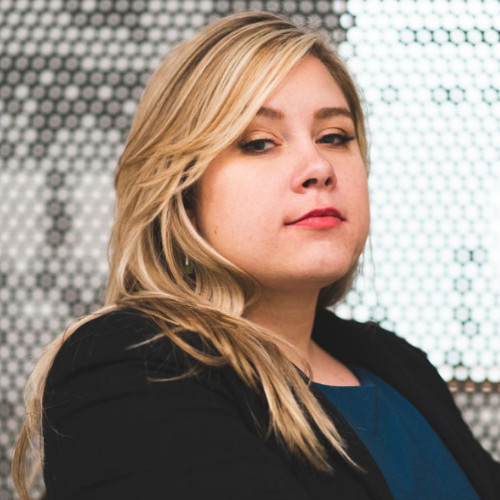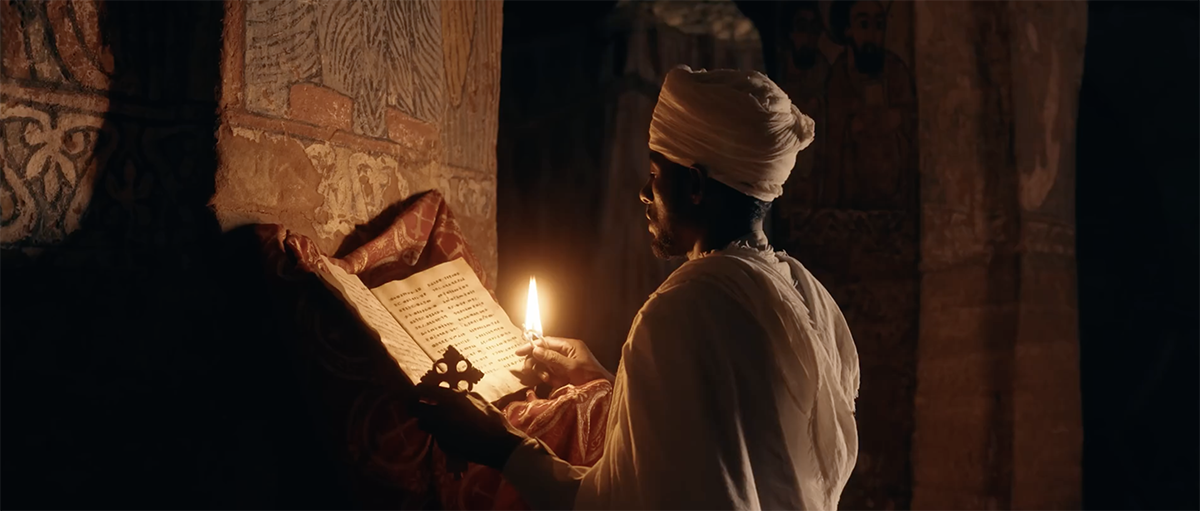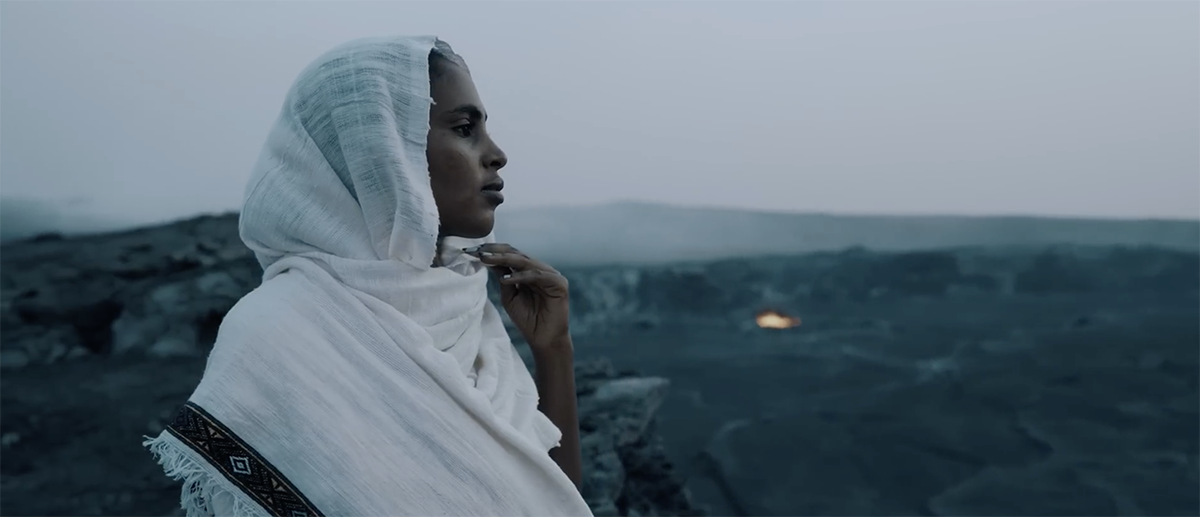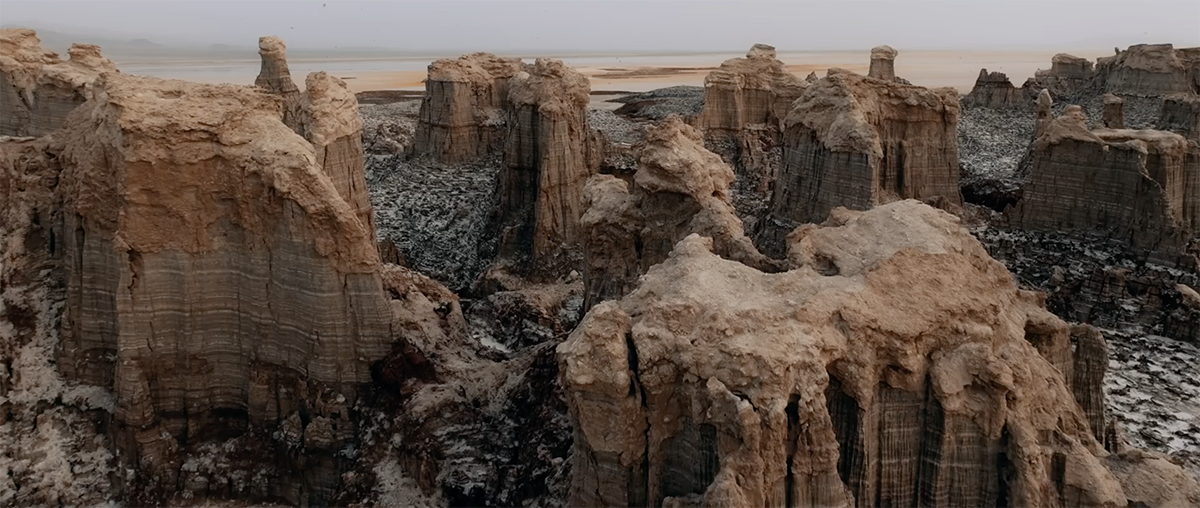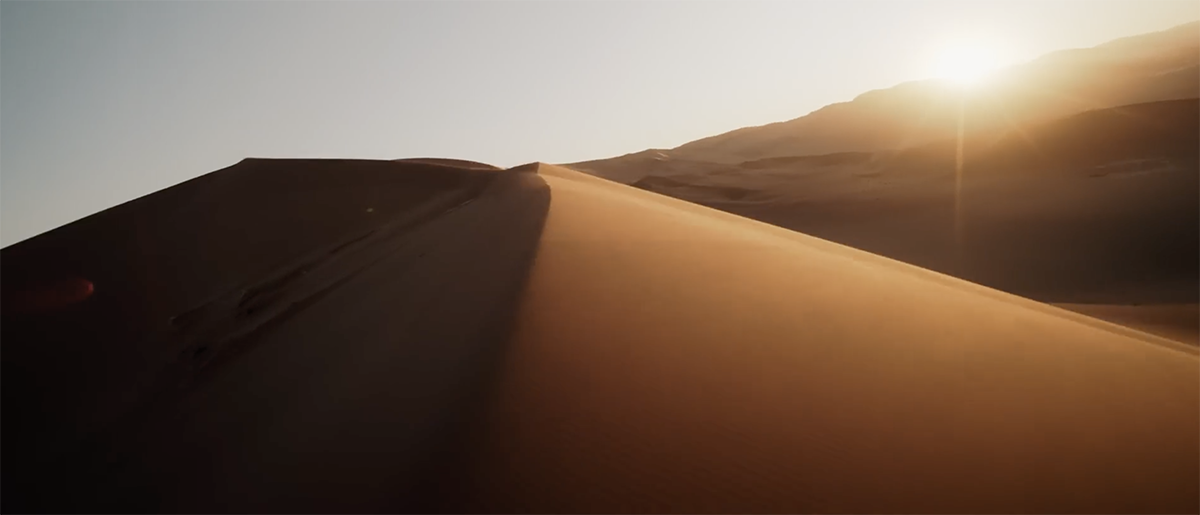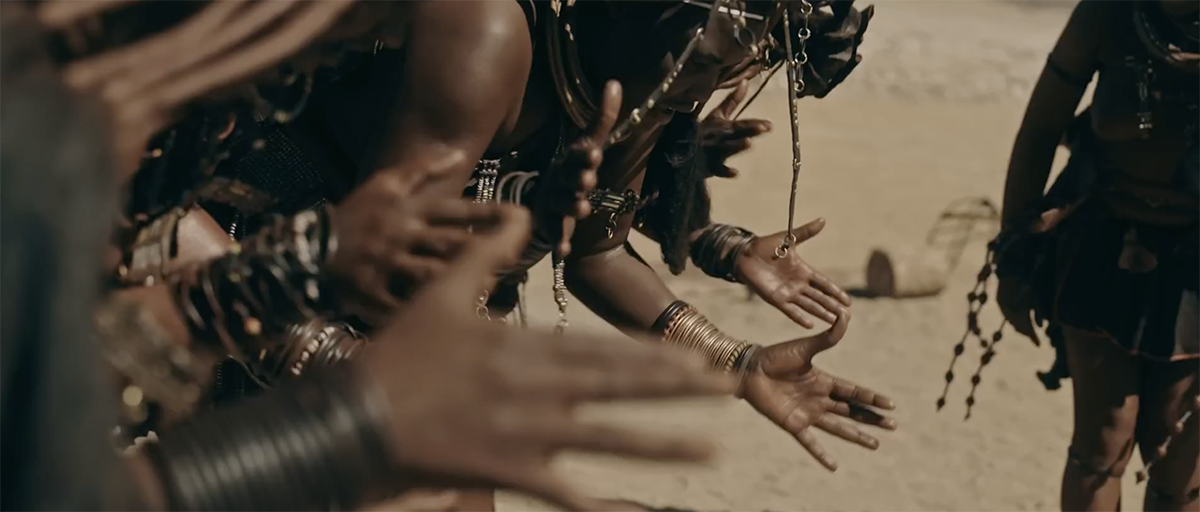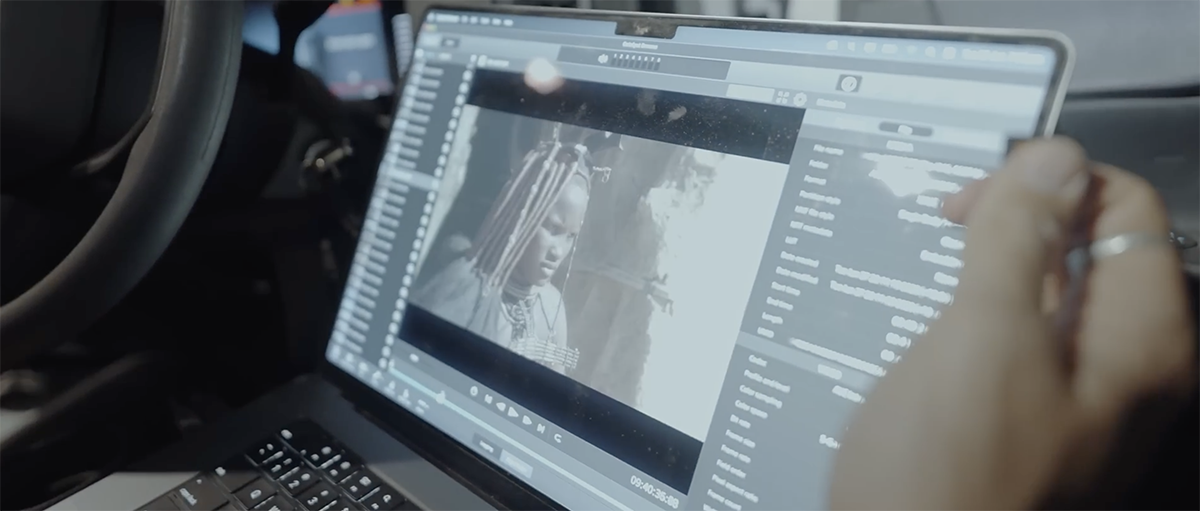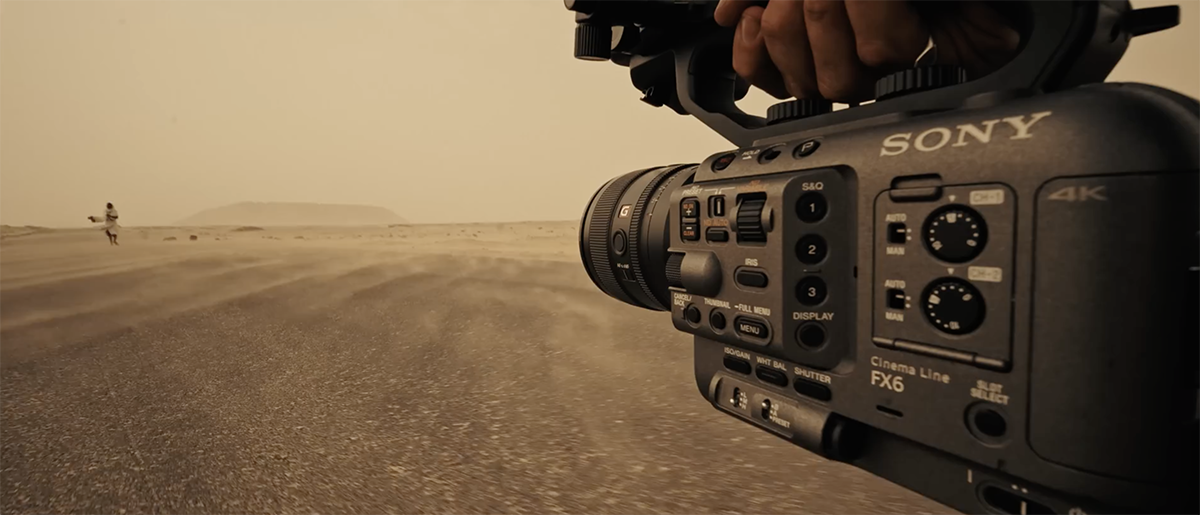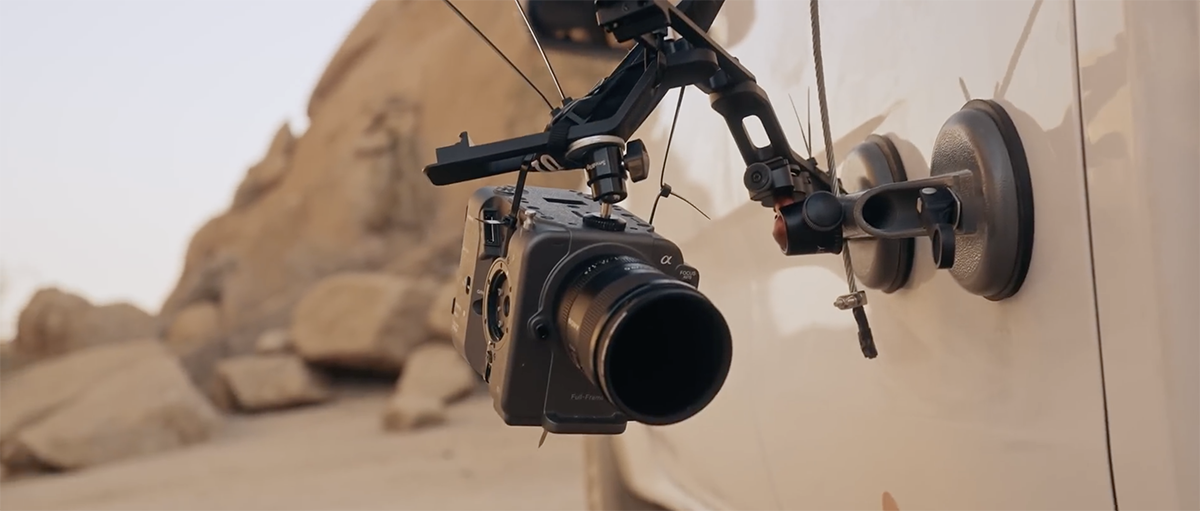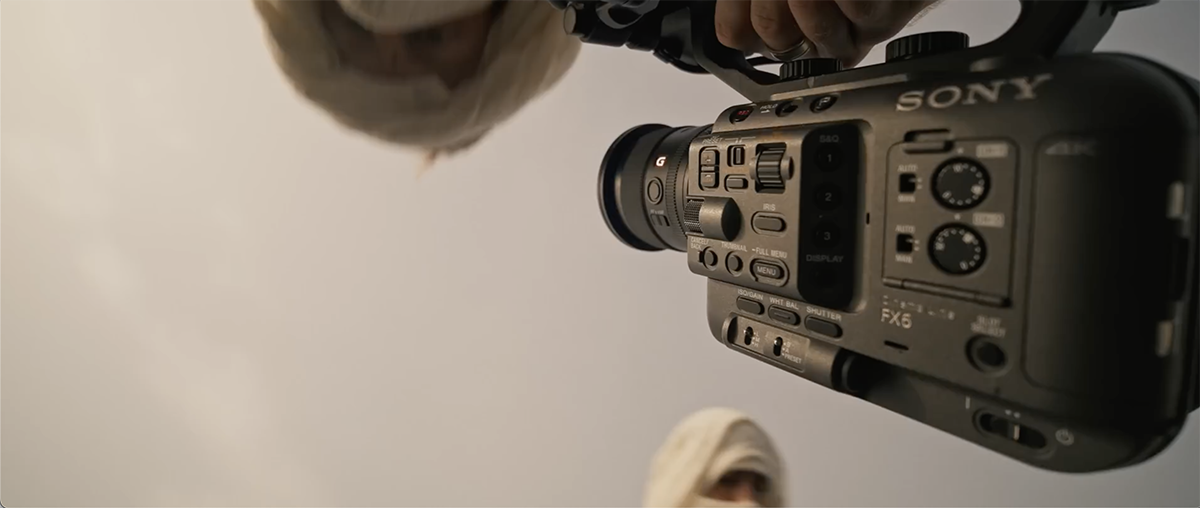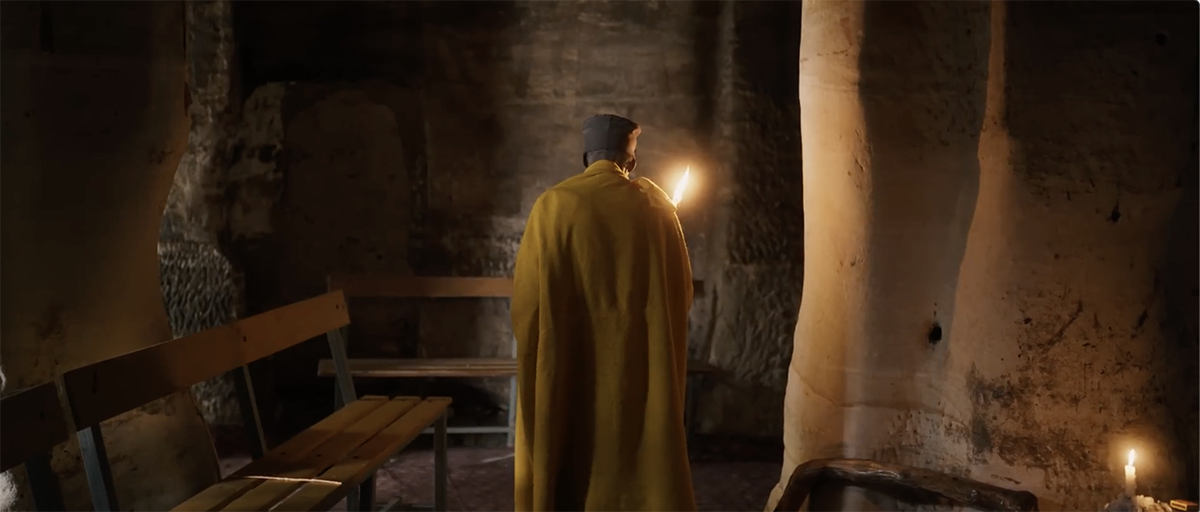
TL;DR
- Australian production company Grafton Create traveled to Egypt, Ethiopia, and Nambia to shoot “The Africas” using the Sony FX6.
- Director, DP, and editor Elliot Grafton says the FX6 was “the obvious choice…based on its low-light capabilities” because they wanted to shoot “a lot of dark churches and low light situations.”
- The planning and research process took two months of work, and they still had to remove two countries from their original itinerary, due to changes in safety and visa issues.
“The Africas,” the latest travel film by production company Grafton Create, showcases the lesser known sides of Egypt, Ethiopia and Namibia.
“We really wanted to dig deeper and find a story that had a little bit more meaning for us,” explains Georgie Woskett, cofounder of Grafton Create and first AD on the project. The duo also sought “to represent a number of different cultures and religions,” while filming “something really spectacular visually.”
“We want to capture the soul of the place,” Woskett says. “And that is what ultimately gives us meaning.”
Woskett says, “We knew that, given the amount of logistics that were involved in this, we had to be very intentional about what we were filming. And so we had a shot list for each of the countries, which then helped us create an itinerary.”
Nonetheless, these locations were a risk in and of themselves, Woskett admits.
The research process took about two months because “there’s not a lot of information around these particular places that we went to online,” she explains. After all of the work, Woskett says, the shot list and background research became “this Bible to keep referring to.”
“Approaching it the way that we did, which was extremely sort of well planned, whilst allowing ourselves and giving ourselves the permission to be flexible in the moment, was quite different for us,” Woskett says. “Typically, we’re sort of run-and-gun, but we sort of tried to balance this out being quite, quite intentional with what we were going to be shooting and knowing exactly, sort of, what we expected from ourselves.”
Finding the Story, While Pivoting
Despite the meticulous planning, their original schedule featured Algeria and South Sudan, but they had to pivot and go to Ethiopia, due to visa problems and safety concerns, recalls director, DP, editor and Grafton Create principal Elliot Grafton.
“We push ourselves to really find those stories and those locations and people,” Grafton says, “to tell a different side of the story, and to show a different side of that country.”
For example, In Ethiopia, Grafton and Woskett and second shooter Brannon Jackson were able to visit the Tigray region, in the north, which Woskett says was “definitely a favorite.”
In Tigray, they filmed Abuna Yemata Guh, which she describes as a “sixth century rock hewn church at the top of a limestone cliff that we had to rock climb to. It’s 2000 meters above sea level, and so the views from there are really spectacular.”
Woskett highlights Abuna Yemata Guh’s role as refuge during the Ethiopian civil war, as well as “the spirituality of the sixth century churches and the rock art and the priests” and says “it was just such an honor to be able to see that and just so memorable.”
For his part, Grafton says visiting the Hoanib Valley Camp in Namibia was particularly memorable because they were able to film desert lions. One of the film’s goals, he says, was to “capture wildlife in a new, unique way.” In particular, he notes a shot of “the lion paw… scooping through the sand” as an unusual perspective from a rarely seen animal.
The Equipment (and the Risks)
The project, produced in partnership with Sony, was shot on the FX6, which Grafton says was “the obvious choice…based on its low-light capabilities.” The team wanted to shoot “a lot of dark churches and low light situations,” he explains.
Prior to the Sony FX6, Grafton says they had been “using the i7S3, which is a smaller camera body, which we had used for a number of years.” For their next investment, he says they “wanted to level up” and select a cinema-grade camera.
With the blessing (and financial backing) of Sony, Grafton sought to put the FX6 through its paces: “We really wanted to put in a lot of different conditions and situations.” That meant “putting it underwater, on land and also in the air.”
One of Grafton Create’s company values is to take risks, and “The Africas” didn’t shy away from that North Star.
“It was kind of a risk … not having shot on that gear before and going into this shoot. Putting in so many different situations that were very unfamiliar to us, was quite a big risk. But yeah, we really wanted to show off the true capabilities of the camera and really push ourselves to the limit, just you know, as much as we could safely,” Grafton says.
In addition to the camera being new, they added a new drone to their kit — receiving it about a week before heading from their home base in New South Wales to Africa. They were able to get in “maybe two test flights” with the FPV cinelifter drone, Grafton says, before they packed it into its own suitcase. The FPV is “not like a normal consumer drone,” he says.
The drone was integral to some of “The Africas’” most stunning shots, but Grafton explains they “had to be really selective on when we used the drone” because they brought only “one set of batteries, so we only had five minutes of flight time” per charge and “it takes 40 to 50 minutes to charge the battery.”
Fortunately, while the FPV “can carry very heavy cameras,” Grafton says, the “FX6 is so light” they were able to maneuver “with a lot of mobility with it and a lot of speed.”
While using the drone, Grafton opted for a “Sony 14 mm [lens], just because it’s so light. And you know, it’s got a wide field of view, similar to a GoPro. So just showing off that landscape was really important to us.”
Back on the ground, Grafton says they used Sony 35mm and 50mm prime lenses “90% of the time” and also broke out the 600mm for wildlife shots. He emphasizes the lenses’ low light capabilities, with apertures as low as 1.4 and 1.2.
“Those lenses are just incredible. Just they’re so sharp and snappy on the autofocus. We knew there was going to be a lot of run-and-gun situations,” Grafton says. “A strong autofocus is really important to us.”
Shooting What You Feel
The prime lenses meant that Grafton and Brannon had to “really be in the thick of it.” For example, in the church scene in Abuna Yemata Guh, Grafton says, “We had to… go right up close next to the priest praying. … we’re really immersed in the moment because it was so close to him looking at the screen.” Again and again, Grafton says, this proximity “really shows through the work.”
The editing phase is also crucial to achieving Grafton Create’s goal of shooting what they feel, not what they see.
The final film contains “5% of what we’ve shot,” estimates Grafton. “I think we had like 20 terabytes from this trip. And you know, there’s only a six-minute video from it. So there’s a lot of stuff that people don’t see.”
In addition to cutting, they create the emotion by tapping into their own feelings.
Grafton says, “It’s in the music that we choose. we really don’t want to just pick any old song. We want to listen to the song and be like, in tears pretty much or you know, get goosebumps.”
If they “have tears or goosebumps by the end of the video, we know we’ve done our job,” Grafton says.
What’s next for Grafton Create? “We want it to be something that people haven’t really seen before. And it will be in very cold conditions,” Woskett shares.

